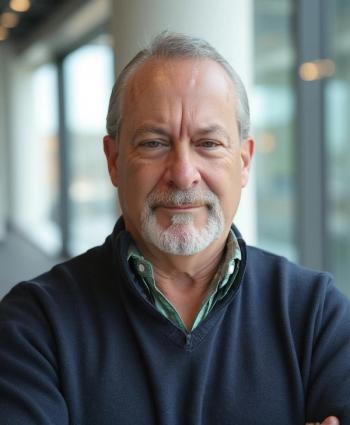
5 ways to increase the value of a medical practice
Take steps throughout the life of the practice to ensure that it will ultimately appeal to buyers and command a good price.
Building a medical practice and keeping it vibrant means thinking long term, so that when the time arrives for a physician to retire, he or she can leave practice in a satisfying, appropriate and profitable way. This means taking steps throughout the life of the practice to ensure that it will ultimately appeal to buyers and command a good price.
FURTHER READING:
Deborah Ford, MD, a solo primary care provider in Worcester, Massachusetts, describes her surprise at the difficulty that one of her colleagues had passing on a flourishing primary care practice to another physician.
“He had a paid-up medical condo and a staff that knew the patient population very well and could guide a new physician,” Ford says. Still, no other doctor wanted to acquire his practice.
To maximize the worth of a medical practice to potential future buyers, bear in mind these important considerations:
1. Sellers may shy away from a part-time practice. “Sell your practice when it’s making its highest gross and net income,” says David Owji, owner of
This may mean giving up an enjoyable practice more abruptly than feels comfortable to the seller. “Doctors love their work and don’t want to abandon their patients,” Owji says. However buyers are unemotional. They want to purchase a practice that shows enough income and growth potential to support them. “Cut the emotional cord,” says Owji. “Sell at the height of your game.”
IN CASE YOU MISSED IT:
2. A well-planned sale doesn’t happen overnight. “People come in and they say that they want to sell in three or six months,” says Alex Nechay, a consultant with
3. Sellers often demand help from buyers, for a smooth transition. This may mean that the seller stays onboard for some time after the sale in order to introduce established patients to the buyer and help ensure minimal attrition. “If you just try to substitute the buyer for the seller without any transition, that might freak the patients out,” says Nechay. To avoid doing that, sellers often continue to work full time for a while, then ease off to part time for a period that may range from a couple of months to a few years.
“The essence of a practice is that doctor’s good will,” says Nechay. “Patients come for that doctor, and if he’s not there, that makes it really challenging.”
RELATED READING:
4. Getting a good deal as a seller may mean more than just the purchase price. “Sellers need to look at the whole deal structure in its totality,” says Nechay. Often, sellers no longer wish to work full time but neither are they ready to abruptly stop practicing completely because they still enjoy working, he says. In many such cases, Nechay has seen that a buyer will pay a seller to continue working part-time, which makes things more comfortable for the seller. “Focus on the transition plan and what they are going to pay you after the sale,” he says.
5. Deals often devalue after a death. A medical practice is more valuable when the person who built it is still around and able to help with the transition. This suggests that doctors ought not to work until they die, because that approach leaves the doctor’s family with a much less valuable entity to sell.
Nechay has seen situations where a physician’s ability to practice has been abruptly cut short either by death or by a major health setback. “The family may bring in a locum tenens to take care of patients and to try and reduce attrition. We’ve done deals where we’ve sold practices under these circumstances. It’s very difficult and the value is going to drop.”
Newsletter
Stay informed and empowered with Medical Economics enewsletter, delivering expert insights, financial strategies, practice management tips and technology trends — tailored for today’s physicians.








